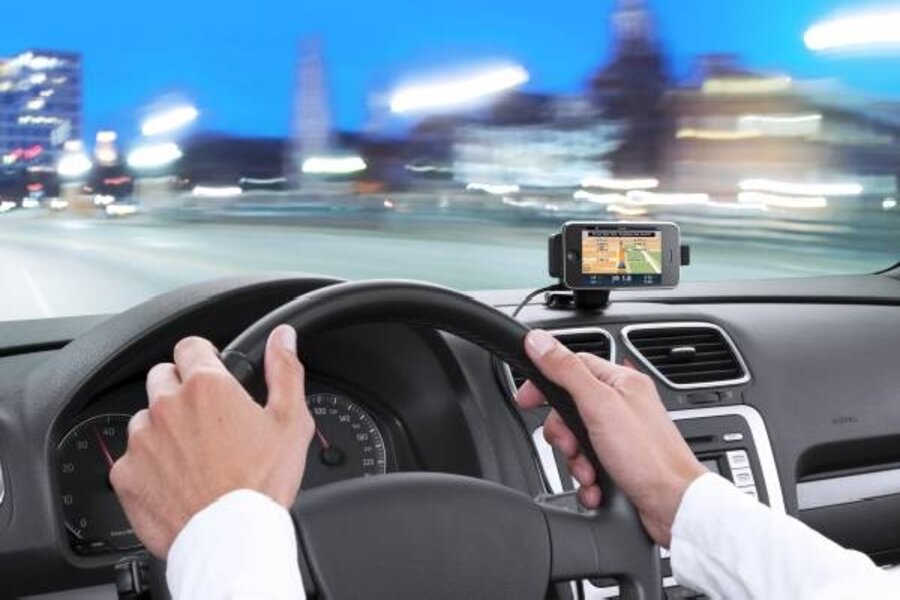California court bans use of smart phone maps while driving
Loading...
Using Google maps to get around in your car might not be a viable option for Californians, or, at least, not a legal one.
A California court ruled that using mapping applications while driving is illegal under the law banning the use of wireless, cellular phones while operating a vehicle, according to Digital Trends.
Steven Spriggs launched the case against the state of California, challenging a citation for violating 23123 of the California Vehicle Code during a traffic stop in January 2012. Section 23123 addresses voice calling and typing out text messages while driving, but does not directly address the use of maps.
Superior Court of California Judge W. Kent Hamlin ruled that the statute’s purpose was to prevent distractions from a driver’s face when using his or her hands to operate the phone.
“That distraction would be present whether the wireless telephone would be used as a telephone, a GPS navigator, a clock, or a device for sending and receiving text messages and emails,” the judge said in the ruling, according to Digital Trends.
Drivers are fined $30 for operating a cellphone while driving for the first offense and fined $60 for the second offense, according to the Los Angeles Times.
The court ban comes just as Virginia’s General Assembly is looking to adopt a ban on texting while driving that would make texting a primary offense, which means a law enforcement officer would be allowed to pull over a driver and ticket him or her, according to the Richmond Times-Dispatch.
The bill and its most recent amendments also propose a $125 fine for a first offense and a $250 fine for a second offense, as opposed to the current $20 fine for a first violation and $50 fine for a second violation.
“I think it’s a good idea because those devices, while they are helping you doing something related to driving, do require that your eyes are off the road, that your hands are off the wheel, and that your brain is off the driving task for a considerably amount of time,” says Paul Atchley, professor and director of the doctoral program in cognitive psychology at the University of Kansas.
The problem with using a mapping app on a smart phone is that drivers tend to program the app while driving and hold it in their hands or in their laps, Mr. Atchley says. Using maps on a smart phone can be a “recipe for death” for a Californian driver traveling 75 m.p.h. on Route 405, he says.
However, the court does not ban the use of smart phones as GPS devices if the driver mounts the phone on the dashboard. If a California driver needs to change the route or destination during the trip, he or she will need to bring the car to a complete stop before making those changes.
The law also does not prohibit hands-free use. A law implemented in January allows hand-free voice calls and texting, though only if a driver uses voice-operated applications that allow them to dictate, send, and listen to the device in the car.
While mounted smart phones and hands-free communication devices are safer, they may still bring the same distractions: notifications from e-mail, Facebook, Twitter, and anything else activated on a driver’s smart phone.
“That’s the problem with smart phones,” Atchley says. “They can do lots of different things."
"If I was building an app like that," he adds, "I'd build it so that while it was engaged it would lock out all your other options," however few phones allow apps to do so.
For more tech news, follow Steph on Twitter: @stephmsolis







